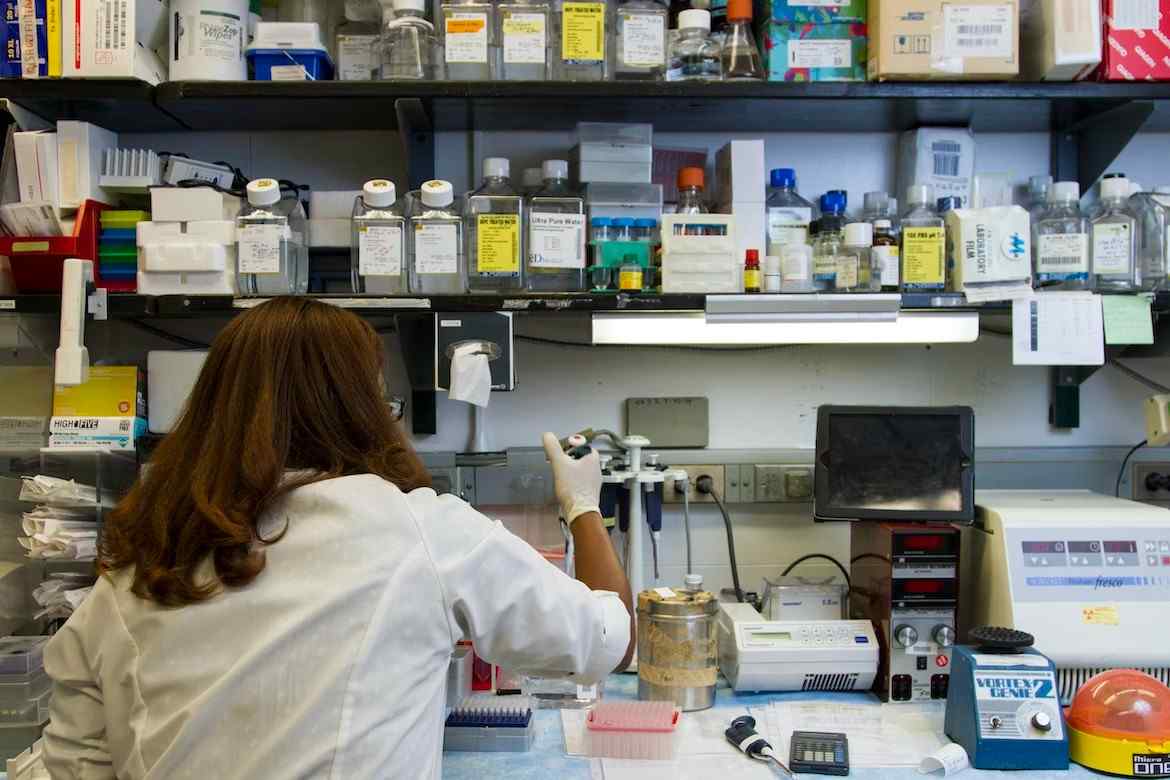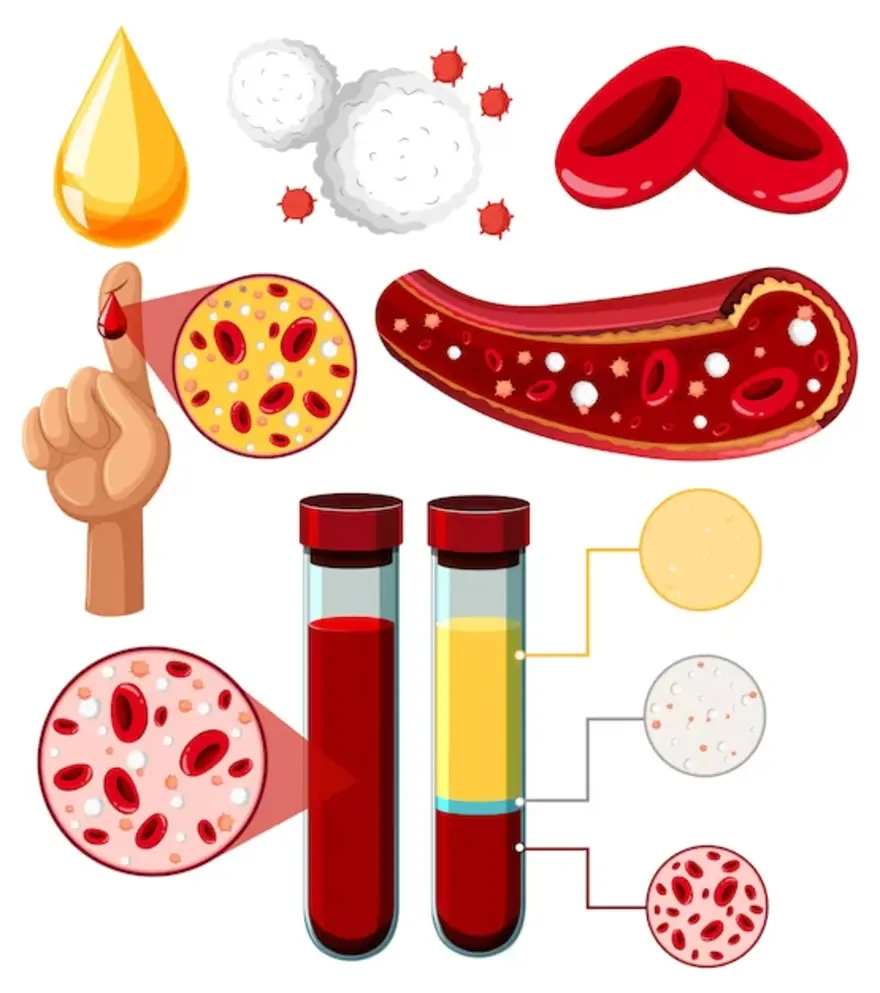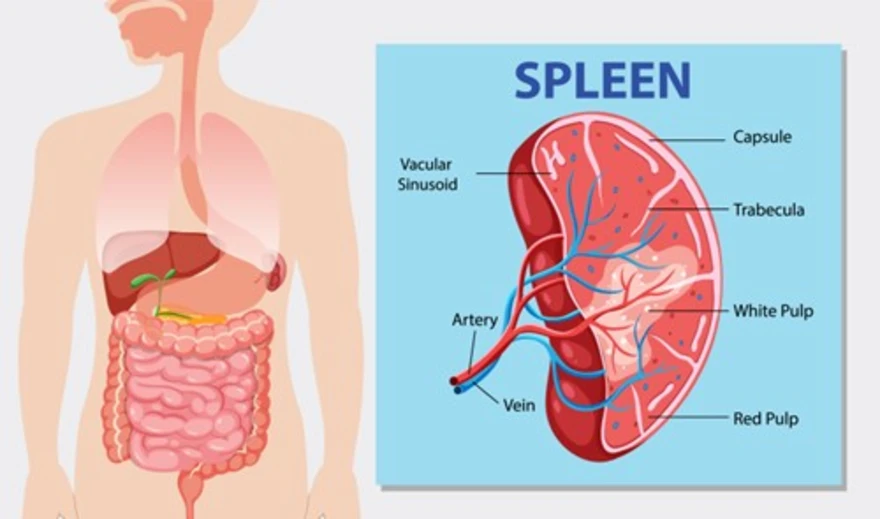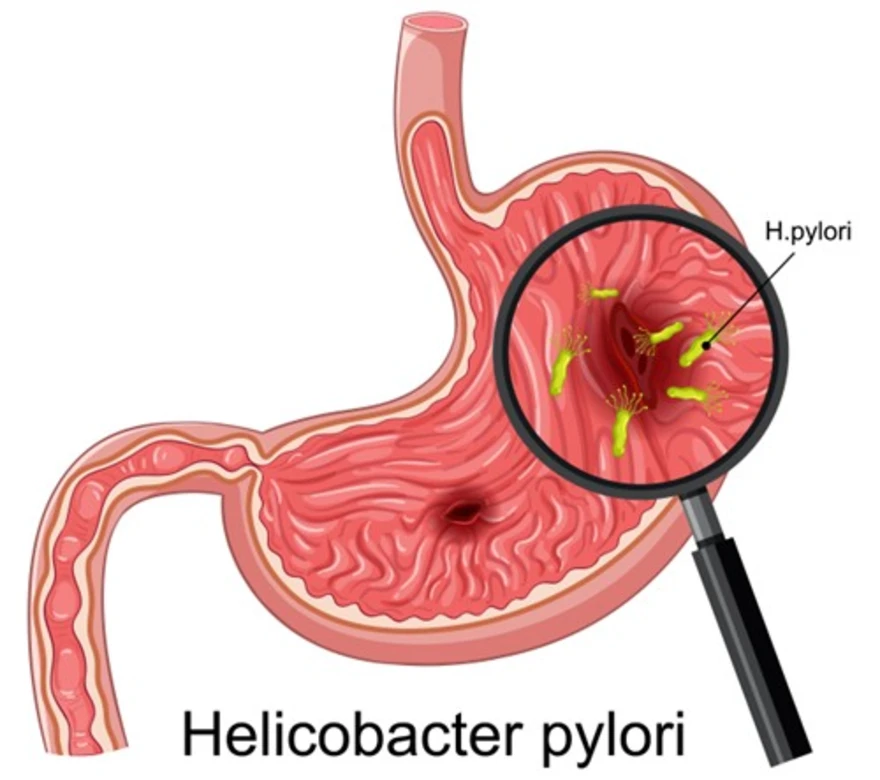Preventive Healthcare
hs-CRP vs. CRP: Understanding the Difference and Normal Levels

Table of Contents
- What To Know About The CRP Test?
- What Makes CRP Different From The HS-CRP Test?
- What to Expect During CRP vs HS-CRP Test?
- CRP vs HS-CRP: Diagnostic Concentration and Its Significance
- What Health Ailments Can CRP and HS-CRP Tests Detect?
- CRP vs HS-CRP Tests: Preventive Measures
- CRP vs HS-CRP tests: Risk Factors
A c-reactive protein (CRP) test measures the quantitative density of the pentameric protein released by your liver. It is primarily detected in patients battling pneumococcus bacteria. It is a vital biochemical marker to detect cardiovascular ailments.
The c-reactive protein (mg/dl) differs from hs-CRP w.r.t density. This means the latter detects even minimal presence of this acute phase protein (mg/L).
What To Know About The CRP Test?
The c-reactive protein test is an IV-based blood sample evaluation to detect the concentration of CRP (mg/dl) in blood. It provides an enhanced diagnosis of activated immunity in response to underlying infections.
The CRP test results depend on the concentration of c-reactive protein density in your blood. A high CRP level may suggest the presence of heart ailments. It is also found in those recuperating from pulmonary sickness and pathogenic infections.
What Makes CRP Different From The HS-CRP Test?
Both CRP and hs-CRP tests measure c-reactive protein concentration in your blood. The difference lies in their precise measurement, given CRP is measured in mg/dl, while the hs-CRP marker uses mg/L. Check out the diagnostic values of both tests and when you should consult a physician:
CRP Test
- The safe range is less than 0.9 mg/dl.
- The moderate range (1.0 to 10.0 mg/dl)
- The marked range (10.0 to 50.0 mg/dl)
- The severe limit exceeds 50.0 mg/dl
HS-CRP Test
- The safe range lies less than 1.0 mg/L.
- The moderate limit lies between 1.0 to 3.0 mg/L.
- The alarming limit (3.0 to 10.0 mg/L)
- The severe limit exceeds 10.0 mg/L.
What to Expect During CRP vs HS-CRP Test?
CRP and hs-CRP tests require a phlebotomist to extract IV blood samples. Here's how the sample collection happens at your doorstep:
- A tourniquet is tied to the upper arm to dilate the cubital vein.
- The phlebotomist rubs the doctor's spirit to sterilise the skin.
- Next, a hypodermic syringe (2ml to 5ml) finds use in extracting the required blood sample.
- The puncture wound gets sealed with an antiseptic gauge to ensure safe healing.
CRP vs HS-CRP: Diagnostic Concentration and Its Significance
Now that you know the purpose and approximate diagnostic levels of both CRP and hs-CRP tests, check out their clinical significance.
CRP Test
- Healthy individuals have a concentration below 0.9 mg/dl.
- Individuals with a CRP rate of 1.0 to 10.0 mg/dl may have underlying infections at the beginning stage.
- Individuals with a CRP range of 10.0 to 50.0 mg/dl have pulmonary issues, cardiac ailments, viral presence, and active presence of illness.
- Those with a CRP>50.0 mg/dl are sick and may require prompt hospitalisation and immediate clinical support to alleviate symptoms.
HS-CRP Test
- Healthy individuals have an hs-CRP marker concentration below 1.0 mg/L.
- Individuals with an hs-CRP value of between 1.0 and 3.0 mg/L may show limited comorbidities.
- If the high-sensitivity c-reactive protein concentration is between 3.0 to 10.0 mg/L, it suggests the presence of cardiovascular ailments, dental issues, liver problems, or recuperating from active infection.
- Patients with hs-CRP>10.0 mg/L have chronic illnesses like acute respiratory distress syndrome, chronic obstructive pulmonary disease, auto-immune disorders, and serial pathogenic infections.
What Health Ailments Can CRP and HS-CRP Tests Detect?
CRP and hs-CRP tests can detect illness at an elementary stage. The precision of the high-sensitivity c-reactive protein test makes it impeccable for detecting cardiovascular, pulmonary, hepatic, immunological, malignant, and potential illnesses triggering underlying inflammation. Check out the complete list of all diseases these tests can detect:
- Blunt injury (severe trauma leads to a spike in CRP in the blood, suggesting the body is fighting to reduce inflammation)
- Cardiovascular ailments (atherosclerosis, coronary artery disease, myocardial infarction)
- Pulmonary complications (acute respiratory distress syndrome, chronic obstructive pulmonary disease)
- Intestinal issues (pancreatitis)
- Liver problems (steatosis and non-alcoholic fatty liver disease)
- Cancerous presence (malignant tumour)
- Pathogenic attacks (bacteria, virus, protozoans)
- Auto-immune diseases (rheumatoid arthritis)
- Poor lifestyle (alcoholism, diabetes, hypertension, obesity, smoking)
CRP vs HS-CRP Tests: Preventive Measures
CRP and hs-CRP tests serve as excellent early warnings regarding ailments with poor or no symptoms during incubation. Here's how physicians use it to help patients prevent the progression of infections:
- Individuals with regular CRP and hs-CRP test reports can track the potential presence of underlying asymptomatic diseases.
- A moderate concentration of c-reactive protein in the blood helps limit underlying symptoms from further worsening, reducing sickness risk.
- CRP and hs-CRP enhance the early detection of chronic illness and auto-immune disorders in healthy individuals with a family history of mentioned comorbidities.
CRP vs HS-CRP tests: Risk Factors
It's vital to understand that CRP and hs-CRP markers are limited to precisely detecting acute-phase protein in your body. It plays no role in figuring out the causative agent triggering that inflammation. Check out the mentioned risk factors that can make an individual show high c-reactive protein density in the blood:
- Inactive posture with limited physical activities
- Family history of cardiovascular ailments
- Untreated diabetes, high LDL, and low HDL
- Alcoholism and serial smoking
- Existing comorbidities (diabetes, ischaemia)
- Individuals with auto-immune diseases
- Individuals over 40 years of age
- Occupational pulmonary diseases
- Individuals with malignant tumours
Conclusion
C-reactive protein and high-sensitivity c-reactive protein hs-CRP tests have transformed modern pathological diagnosis. It's peerless in detecting minute traces of inflammatory pentameric protein in the blood, suggesting underlying health anomalies.
If you have one or more of the conditions mentioned earlier in this article, consult your doctor for a prompt diagnosis. Also, never self-assess your diagnostic reports without consulting with your physician.



































